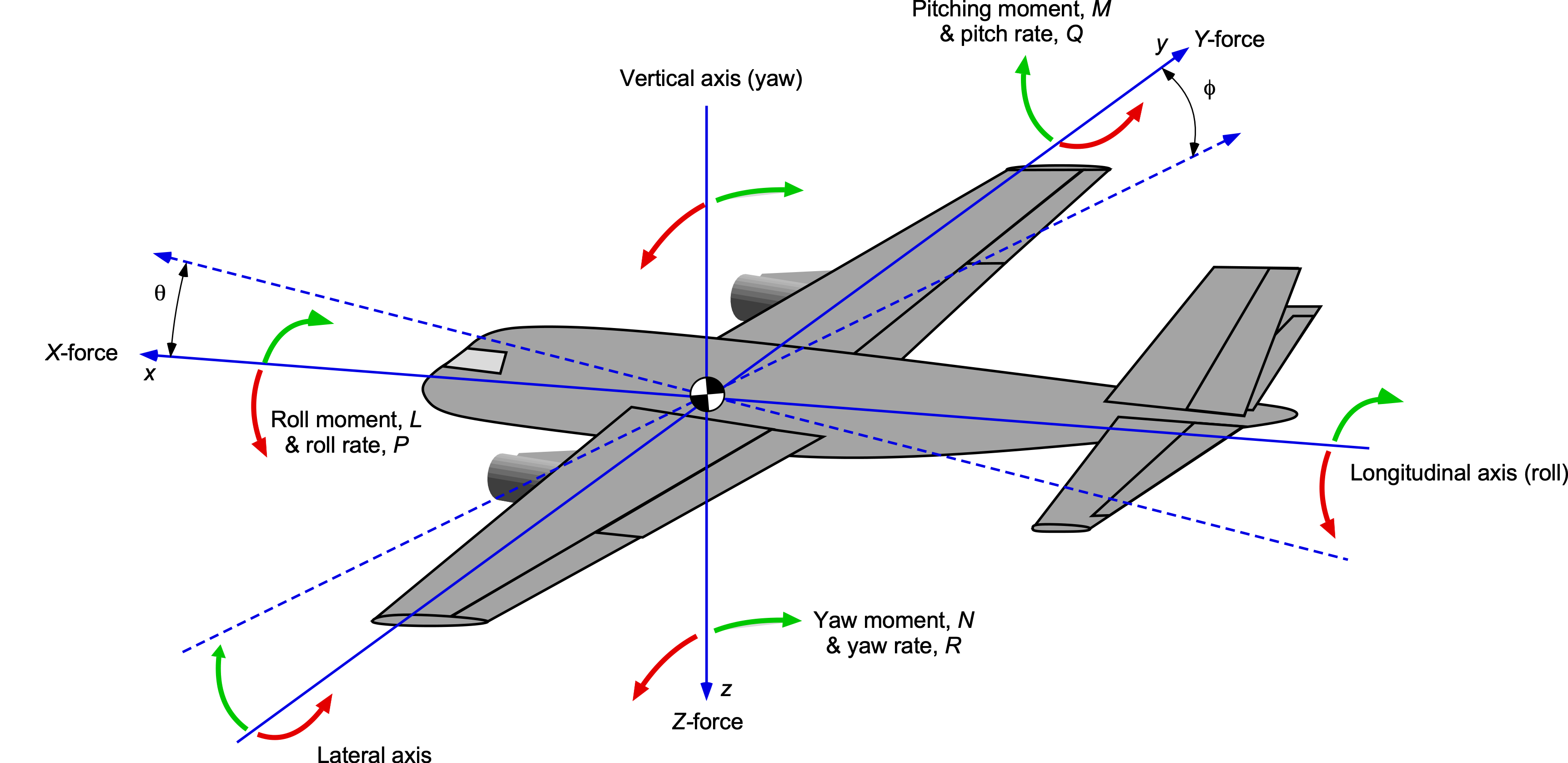
The center of gravity (CG) of an aircraft affects its controllability by influencing its stability and maneuverability. When the CG is located within the specified range, the aircraft is generally easier to control. If the CG is too far forward, the aircraft may be less stable but more maneuverable, while a CG that is too far aft can lead to reduced maneuverability and potentially dangerous instability. Proper CG management is crucial for safe and efficient aircraft operation.
Forward CG is limited by the authority of the elevator. If the aircraft is loaded so that the CG is ahead of the limitation, the following may happen:
– It may be impossible to rotate the nose up at take-off. An aborted take-off under such circumstances may be catastrophic.
– Stall speed is increased, because more of the wing’s lift must compensate for the increased downforce created by the elevator.
– For the same reason is the cruise speed less than normal, and the fuel burn for the sector is increased.
– It may not be possible to rotate the nose up during landing, so the aircraft touches down on the nose wheel first. The nose wheel is not designed for such loads and may collapse.
Aft CG is limited by the stability in pitch. As the CG moves backwards, the stick forces will become lighter until it becomes impossible for the pilot to maintain control. F-16 was the first aircraft to be designed to be unstable, because it improved the maneuverability of the fighter. It can only be controlled by computers.
Loading an aircraft towards aft CG limit (but not beyond it) has the benefits of less drag, higher cruise speed and lower fuel consumption.
By Magnar Nordal ( Airline Captain )
Stability
The CG position plays a critical role in the stability of an aircraft. Stability refers to the aircraft’s ability to maintain its desired flight path without excessive oscillation or deviation. There are two types of stability: longitudinal stability (pitching motion) and lateral stability (rolling motion).

Longitudinal Stability
The CG’s position relative to the wing’s mean aerodynamic chord (MAC) affects the aircraft’s longitudinal stability. If the CG is forward of the MAC, the aircraft tends to be more stable but may have reduced maneuverability. On the other hand, if the CG is aft of the MAC, the aircraft can become less stable and more prone to pitching up or down, making it more maneuverable but potentially harder to control.
Lateral Stability
The CG’s lateral position affects the aircraft’s lateral stability. The vertical position of the CG relative to the wing’s dihedral angle influences the aircraft’s tendency to roll. A proper CG position helps maintain lateral stability and prevents excessive rolling motions.
Control Inputs
The CG position affects the control inputs required to maneuver the aircraft. An aircraft with a CG within the acceptable range will generally respond predictably to control inputs. However, if the CG is located too far forward or aft, the control surfaces may need to be manipulated more aggressively to achieve the desired maneuver. This can make the aircraft more challenging to control, especially during critical phases of flight like takeoff and landing.
Maneuverability
The CG position also impacts the aircraft’s maneuverability. In general, an aircraft with a forward CG will have reduced maneuverability but greater stability. Conversely, an aircraft with an aft CG may be more maneuverable but potentially less stable. The aircraft’s maneuverability directly affects its ability to perform aerobatic maneuvers, execute turns, and respond to pilot commands.
Weight and Balance
Proper weight and balance management is crucial for maintaining the desired CG position. Weight distribution across the aircraft, including passengers, cargo, and fuel, affects the CG location. An imbalance in weight distribution can shift the CG position outside of the acceptable range, compromising controlability and stability.
Flight Envelope
Each aircraft has a specified range of CG positions within which it must operate for safe and efficient flight. This range is known as the flight envelope. Operating outside of the flight envelope, with the CG located beyond the specified limits, can lead to diminished control authority, increased stall speeds, reduced stability, and potentially dangerous flight characteristics.
To ensure optimal controlability, pilots and aircraft operators must adhere to proper weight and balance procedures, including calculating and maintaining the CG within the designated limits specified by the aircraft manufacturer. This helps ensure that the aircraft performs as intended and allows for safe and predictable flight characteristics.
